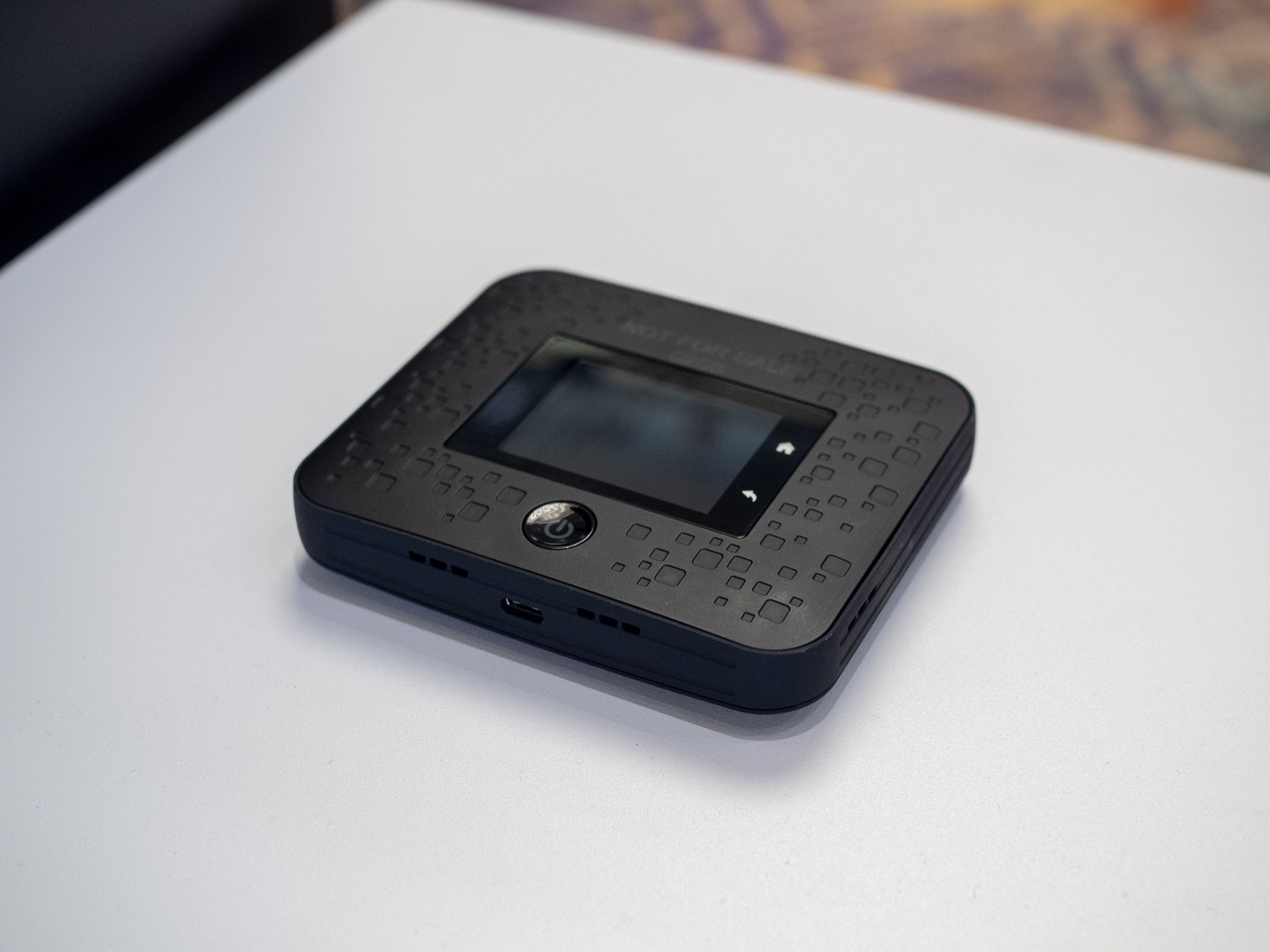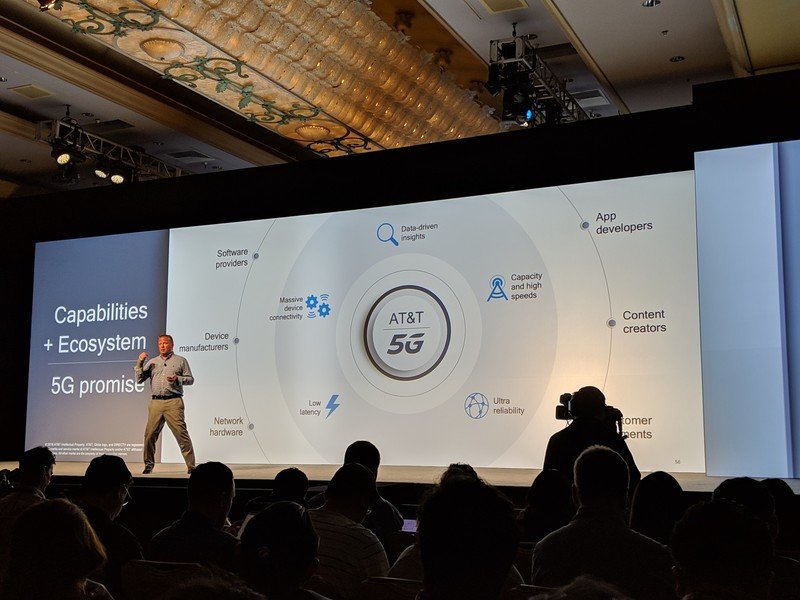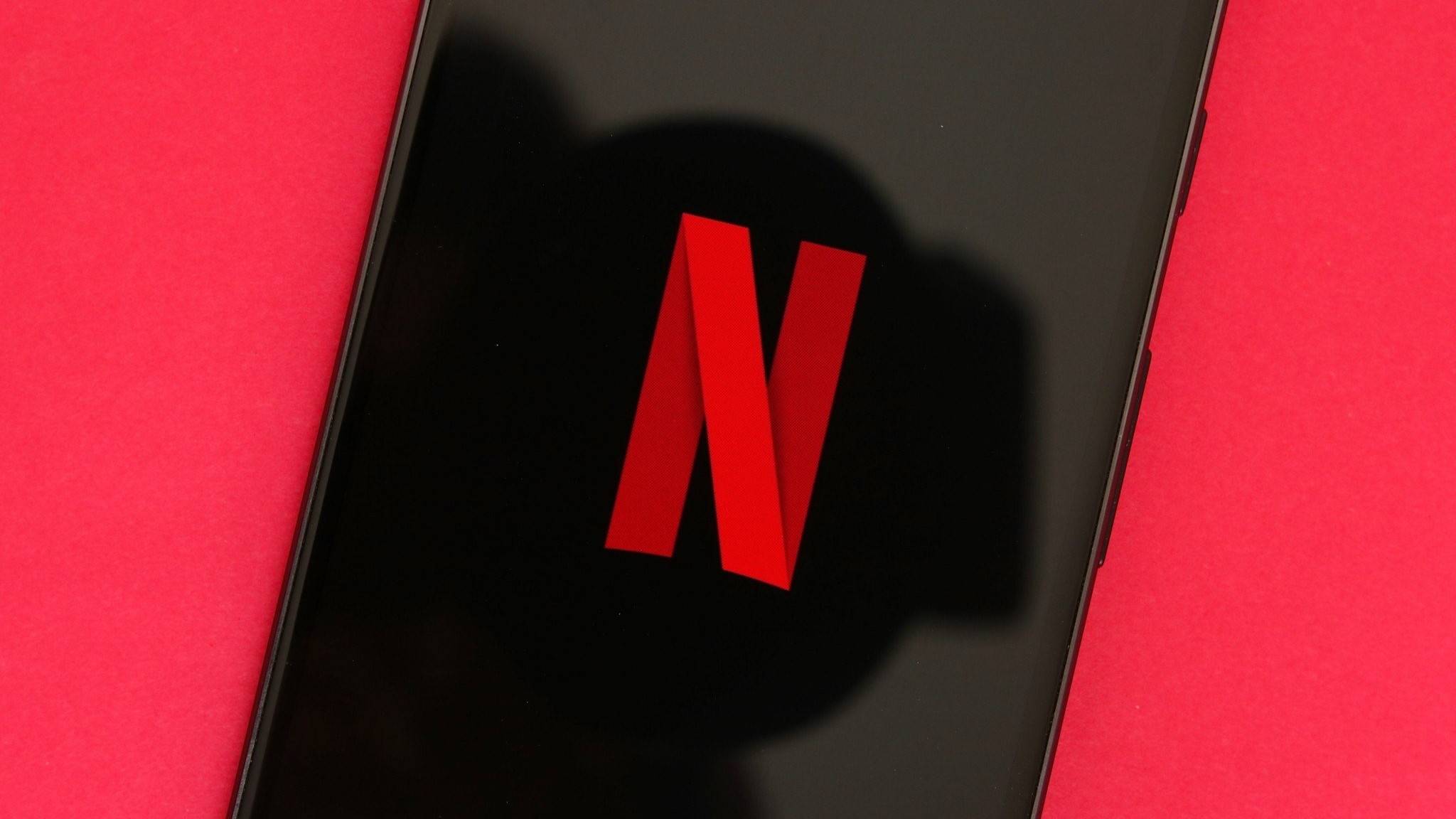AT&T has officially launched 5G in parts of the US, and here's why it's a big deal

I remember the first LTE products; they weren't phones but big, bulky Wi-Fi hotspots with tiny displays that terminated in USB-A connections. They'd plug into laptops so give them internet access, magically, and used giant SIM cards that seemed to take up the entire length of the stick.
Well, here we are at the launch of 5G and things aren't looking that different. Today, AT&T has announced its first 5G service will be available this week — Friday, December 21 to be exact — fulfilling its promise of releasing the ultra-fast, low-latency service before the end of the year. It's a big deal, especially since it's coming earlier than most people, including big companies like Qualcomm, thought it would happen.
But it's also really limited. The service is available in just parts of 12 cities (see below), and is only available on one device, a Netgear-built Wi-Fi hotspot that works with AT&T's high-frequency spectrum to facilitate speeds of... 600ish Mbps. Yes, the first iteration of 5G will actually be slower — about half the speed in some parts of the country — than gigabit LTE, which is mature and has rolled out to most markets across the U.S. And that Netgear hotspot? It's massive — roughly the size of four stacked smartphones in two rows.
Here's where AT&T's 5G service will be available today.
- Atlanta
- Charlotte, N.C.
- Dallas
- Houston
- Indianapolis
- Jacksonville, Fla.
- Louisville, Ky.
- Oklahoma City
- New Orleans
- Raleigh, N.C.
- San Antonio
- Waco, Texas
It's also coming to these cities in the first half of 2019:
- Las Vegas
- Los Angeles
- Nashville
- Orlando
- San Diego
- San Francisco
- San Jose, Calif.
Much of this limitation has to do with the tentative and conservative way AT&T is rolling 5G service out to its first markets. The way AT&T and Verizon have set things up, 5G will use so-called millimeter wave spectrum, which is lives in the 28Ghz to 39Ghz range (for now — it may eventually go higher), which allows for much wider channels than traditional LTE connectivity. We're talking hundreds of megahertz compared to 5-20Mhz for LTE. AT&T wants the early users of its 5G network to test the new technology without overloading it.
It's also why the service isn't particularly cheap: AT&T is offering plans at $70/month for 15GB of service, which won't replace anyone's home internet anytime soon.
Be an expert in 5 minutes
Get the latest news from Android Central, your trusted companion in the world of Android
So why would anyone buy this Netgear mobile hotspot at $499 (which unlike phones must be bought outright) and spend $70 for just 15GB of service at speeds less than what LTE currently offers? Other than having the privilege of saying they're early adopters of the world's latest and greatest mobile technology, I can't see many reasons.

That said, there are a couple of advantages to 5G over LTE, at least in its early days:
- The peak speeds will likely be closer to the theoretical maximum than LTE. When we talk gigabit LTE, we're often talking about speeds that most phones or hotspots won't be able to maintain for more than a few seconds at a time. Think of them as the equivalent of Intel's Turbo Boost. Because of 5G's higher capacity and low utilization, early adopters will likely see sustained speeds close to that 600ish Mbps.
- Latency is likely to be very low. Yes, 5G is going to increase peak speeds for the mobile internet, but it's also going to lower ping times a fair bit. Whereas most LTE connections, even very good ones, have ping times of 20-60ms, 5G should give us times close to 5-10ms, which is more akin to good home Wi-Fi than mobile internet.
To its credit, AT&T is giving away the Netgear Nighthawk 5G hotspot and accompanying 5G service to "select businesses and consumers" for the next few months. It's only planning to offer the product commercially in the spring of 2019. That's around the same time Verizon plans to launch its own mobile 5G solution, and close to the time Sprint will launch its first 5G phone with LG. Then there's T-Mobile, which will launch 5G a few months later due to spectrum complications.
Next year is shaping up to be the year of 5G — whether we want it or not.
Daniel Bader was a former Android Central Editor-in-Chief and Executive Editor for iMore and Windows Central.

